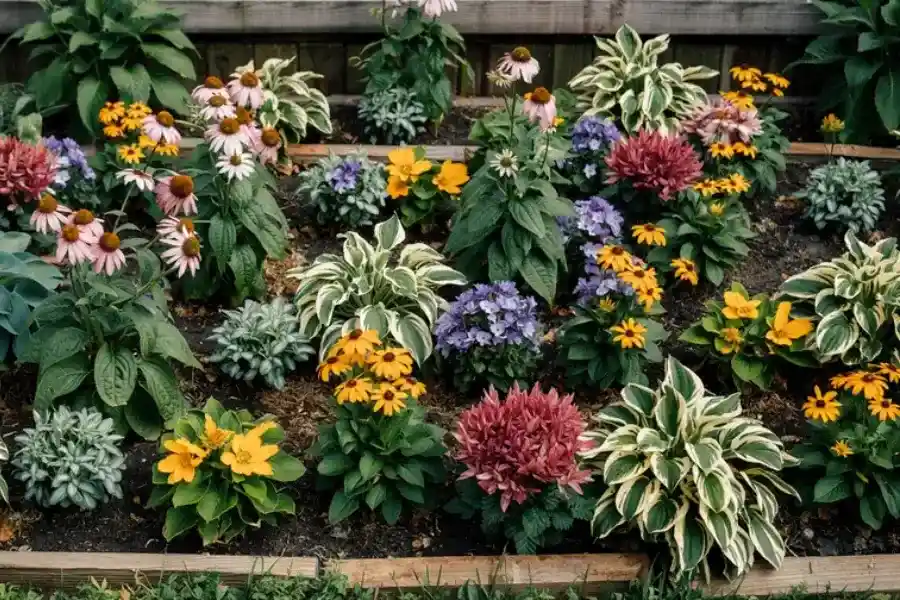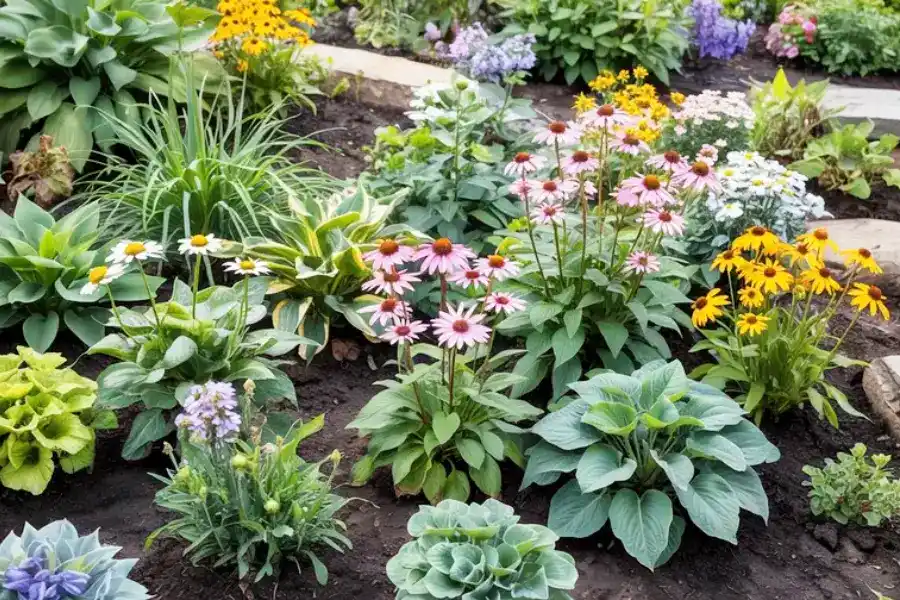The Influence of Light on Plant Development
Sunlight plays a crucial role in the growth and health of plants. It is the primary source of energy that drives photosynthesis, allowing plants to convert light into food. Without adequate sunlight, plants may struggle to grow or even survive. Understanding how sunlight affects plant development helps gardeners and landscapers create optimal growing conditions for their plants. This knowledge is particularly relevant when dealing with specific planting arrangements, such as flower bedding, where sunlight exposure can vary significantly.

Impact of Sunlight on Plant Photosynthesis
Photosynthesis is the process by which plants use sunlight to produce glucose and oxygen from carbon dioxide and water. This process is essential for plant growth and energy production. In flower bedding, ensuring adequate sunlight exposure is key to maximizing photosynthesis efficiency. Plants require different amounts of light based on species, with some thriving in full sun while others prefer partial shade. Recognizing these needs allows for better planning and positioning within garden spaces.
Flower Bedding Layout Considerations
When designing flower bedding, it’s vital to consider the varying light needs of different plant species. Some flowers flourish in direct sunlight, while others might wilt if exposed for too long. Strategically placing plants according to their sunlight requirements ensures that each receives the necessary amount of light without being overwhelmed or deprived. Additionally, staggered planting can help provide partial shade to those requiring less intense light.

Benefits of Proper Sunlight Exposure
Ensuring that flower beds receive the right amount of sunlight has multiple benefits. Plants that receive sufficient light often exhibit vibrant colors, robust growth, and increased resilience against pests and diseases. Conversely, insufficient light can lead to leggy growth, poor flowering, and diminished overall health. By tailoring sunlight exposure through thoughtful flower bedding design, you optimize the aesthetic appeal and vitality of your garden.
Consequences of Inadequate Sunlight
If plants do not receive enough sunlight, they may experience stunted growth and reduced blooming. Some common issues include:
- Pale or yellowing leaves due to lack of chlorophyll production
- Weak stems unable to support the plant’s weight
- Fewer blooms leading to a less colorful display
- Increased susceptibility to fungal infections due to damp conditions
Addressing these problems involves assessing the current layout and making adjustments to improve sunlight distribution across the flower beds.
Maximizing Sunlight Through Garden Design
To make the most of natural sunlight, consider implementing garden designs that account for seasonal changes in sunlight angles and duration. Raised beds can enhance exposure by elevating plants closer to the light source. Alternatively, reflective surfaces like walls or fences can bounce additional light onto shaded areas. By understanding how sunlight interacts with your landscape throughout the year, you can make informed decisions to promote healthy plant growth.
Choosing the Right Plants for Your Garden
Selecting plant varieties suited to your garden’s sunlight conditions is essential. Consider:
- Sun-loving species for bright, open areas
- Shade-tolerant plants for lower-light zones
- Drought-resistant varieties for high-sun locations prone to drying out
- Native plants adapted to local climate conditions
By matching plant choices with environmental factors, you set up your flower beds for success and sustainability.
Effective Garden Practices for Optimal Growth
Implementing best practices ensures your garden thrives under varying sunlight conditions. Regularly rotate plant positions within beds to prevent one-sided growth patterns. Prune excess foliage that may block sunlight from reaching lower leaves. Keep soil well-aerated and watered appropriately to complement photosynthetic activity. These small adjustments contribute significantly to maintaining a balanced ecosystem within your garden space.
Final Thoughts on Enhancing Your Garden’s Health
Your choice in garden design greatly influences how plants utilize available sunlight effectively. By selecting appropriate species and arranging them thoughtfully within your flower beds, you foster an environment conducive to vigorous growth and enduring beauty. For more tips tailored specifically for gardens in Oakland, CA or assistance with creating stunning floral displays, contact Jose Landscaping Service at (510) 978-3664.